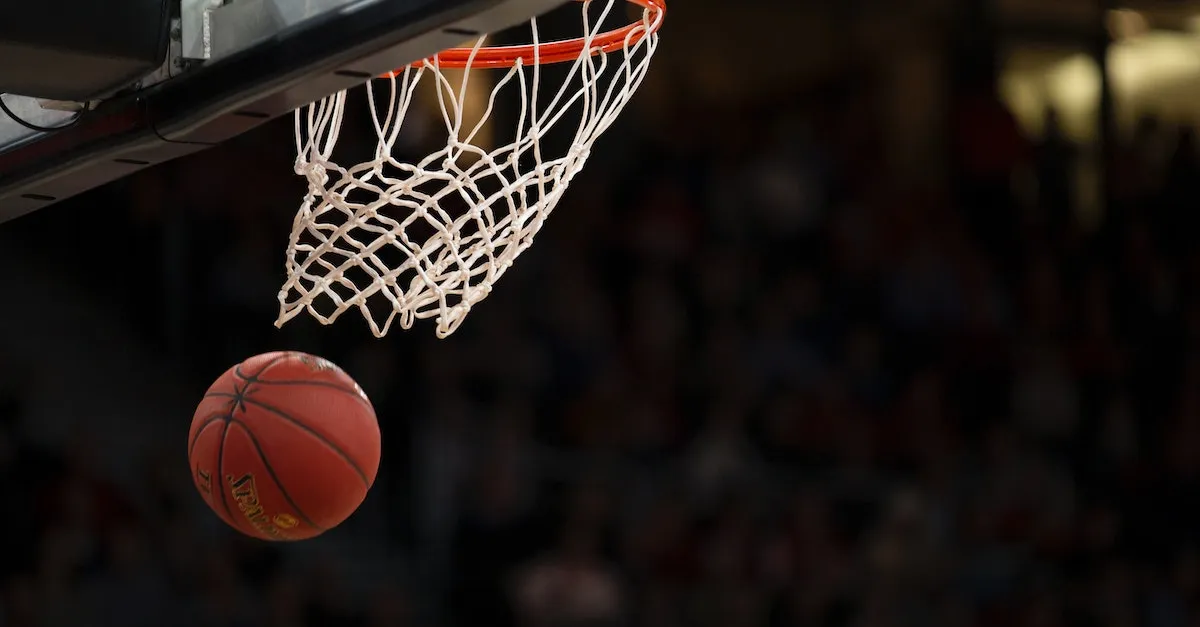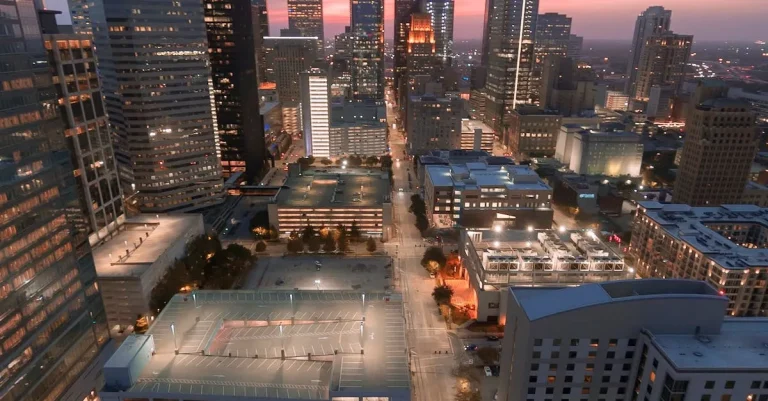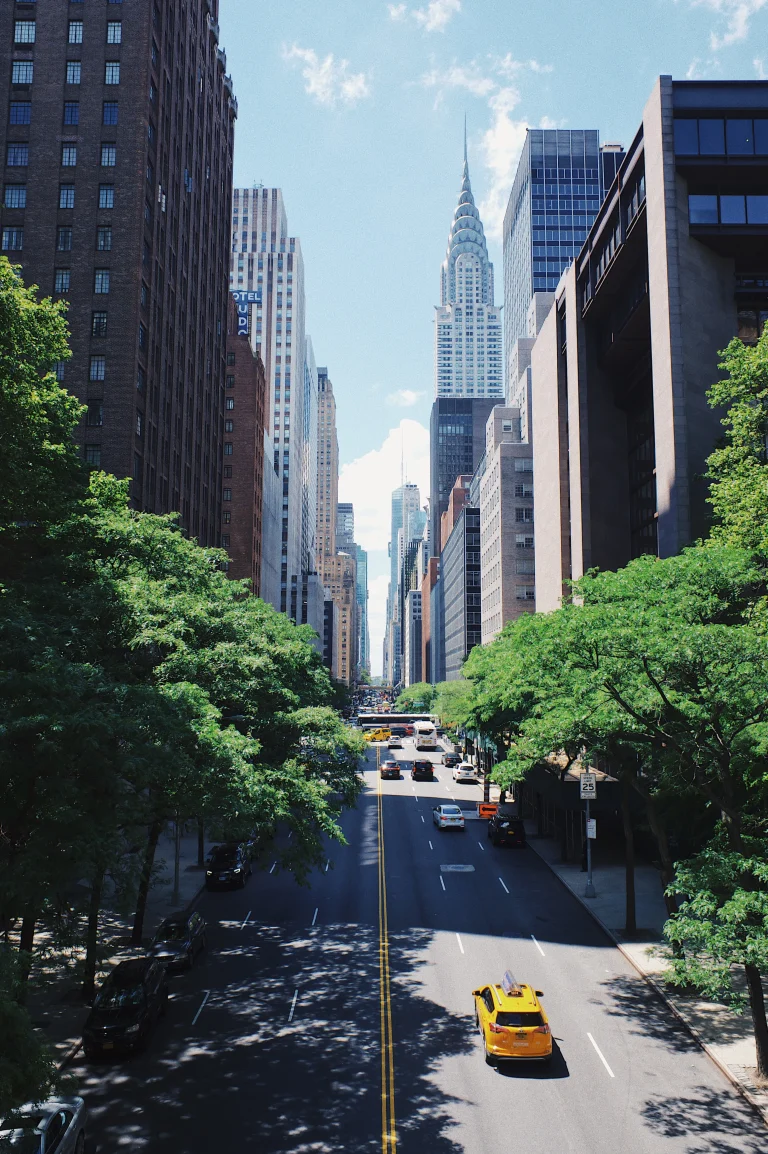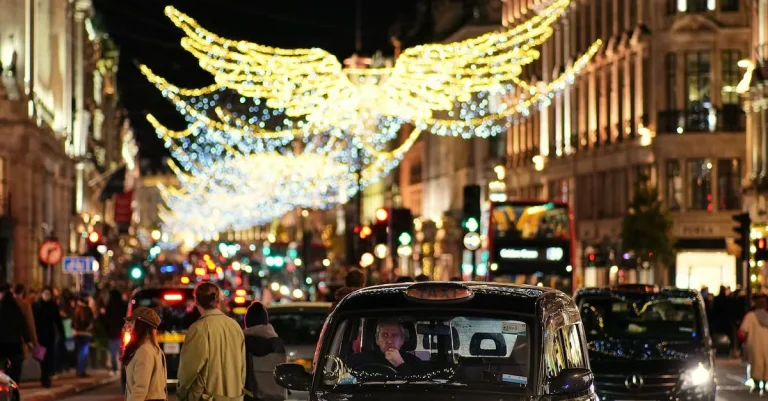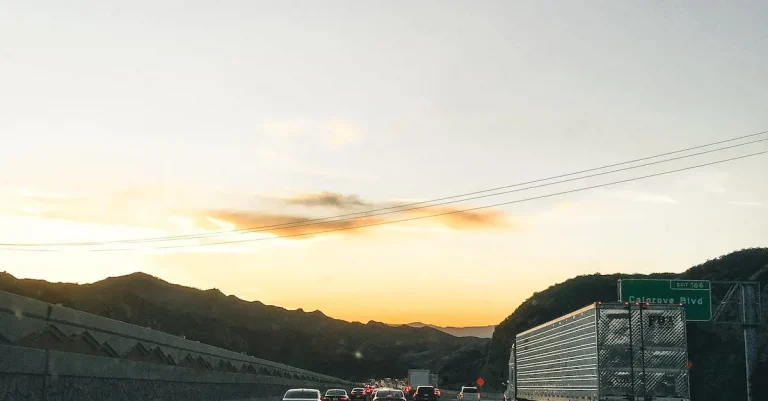What Happened To The Seattle Supersonics?
The Seattle Supersonics were a professional basketball team that played in the National Basketball Association (NBA) from 1967 to 2008. If you’re short on time, here’s a quick answer to your question: The Supersonics relocated after the 2007-2008 season to Oklahoma City, where they were renamed the Thunder. This move came after failed efforts to build a new arena in Seattle and disagreements between ownership and the city.
In this comprehensive article, we will explore the full story behind the Supersonics’ controversial move to Oklahoma City. We’ll look at the team’s history in Seattle, issues with KeyArena, failed proposals for a new arena, the sale of the team to an ownership group from Oklahoma City, the legal dispute between the new owners and the city of Seattle, and the ultimate settlement that allowed the team to relocate out of state.
Brief History of the Supersonics in Seattle
The Seattle Supersonics, also known as the Sonics, were a professional basketball team based in Seattle, Washington. They were a part of the National Basketball Association (NBA) from 1967 to 2008. The team was originally founded in 1967 and quickly became a beloved sports franchise in the city.
Success and Championship Years
In their early years, the Supersonics were led by legendary players such as Lenny Wilkens, Jack Sikma, and Gus Williams. They had their first taste of success in the late 1970s, making it to the NBA Finals in 1978.
The team continued to improve and reached their peak in the 1978-1979 season, winning their first and only NBA championship.
Did you know? The Supersonics defeated the Washington Bullets in the 1979 NBA Finals, with Dennis Johnson winning the Finals MVP award.
Decline and Relocation
Despite their early success, the Supersonics struggled in the following decades. Financial challenges, ownership disputes, and inconsistent performances on the court led to a decline in the team’s popularity and fan support.
The Supersonics failed to make the playoffs for several consecutive seasons, which ultimately led to their relocation.
In 2006, the team was sold to a group of investors from Oklahoma City, who later moved the franchise to Oklahoma City and renamed it the Oklahoma City Thunder. This decision was met with disappointment and frustration from the passionate fans in Seattle, who had supported the team for over four decades.
Interesting fact: The Supersonics’ relocation to Oklahoma City marked the first time an NBA team had moved since the 2001 relocation of the Charlotte Hornets to New Orleans.
Legacy and Efforts to Bring Back the Sonics
Despite their departure, the Seattle Supersonics left a lasting legacy in the city. The team had a dedicated fan base and a rich basketball history that is still remembered fondly by fans and players alike.
Many iconic players who once donned the Supersonics’ green and gold jerseys, such as Gary Payton and Shawn Kemp, are still celebrated in Seattle.
Since the team’s relocation, there have been ongoing efforts by fans and local groups to bring back the Sonics to Seattle. These efforts include lobbying for a new arena and attracting potential investors who are interested in bringing an NBA team back to the city.
For more information on the Seattle Supersonics and their history, you can visit the official NBA website: https://www.nba.com/sonics/
Arena Issues and Failed Efforts for a New Venue
The Seattle Supersonics were a beloved NBA team that captured the hearts of fans in the Pacific Northwest. However, their departure from Seattle in 2008 left a void in the city’s sports scene. One of the primary factors that led to the team’s relocation was the ongoing arena issues and failed efforts to secure a new venue.
Key Arena: An Aging Facility
The Supersonics played their home games at Key Arena, which was built in 1962 for the World’s Fair. Over the years, the facility became outdated and couldn’t meet the demands of modern NBA standards. The lack of luxury suites, limited seating capacity, and inadequate amenities made it difficult for the team to generate revenue and remain competitive in the league.
Efforts were made to renovate Key Arena and bring it up to par with other NBA arenas, but these attempts fell short. The cost of the renovations and the logistical challenges posed by the arena’s location in the densely populated Queen Anne neighborhood hindered progress.
As a result, the search for a new venue gained momentum.
Proposed New Arena: The Sodo Arena Project
In 2012, plans for a new arena in Seattle’s SoDo district were announced. The proposed project, led by investor Chris Hansen, aimed to build a state-of-the-art arena that could accommodate both an NBA and NHL team.
The plan included private funding for the arena’s construction and an agreement with the city to use public bonds to finance necessary infrastructure improvements.
Despite initial enthusiasm from fans and city officials, the Sodo Arena project faced significant hurdles. One major obstacle was the opposition from the Port of Seattle and local maritime industries. They voiced concerns about traffic congestion and the potential impact on their operations.
Additionally, the project faced legal challenges from a group of citizens who believed that public funds should not be used to support a privately-owned sports facility.
The Failed Attempt: Relocation to Oklahoma City
With the arena issues unresolved and efforts to secure a new venue stalling, the Supersonics’ ownership group, led by Clay Bennett, began exploring relocation options. Ultimately, they reached an agreement with the city of Oklahoma City and moved the team there in 2008, becoming the Oklahoma City Thunder.
The departure of the Supersonics was met with disappointment and frustration from the Seattle community. Fans felt let down by the inability of local leaders to find a solution to the arena issues and were saddened by the loss of their beloved team.
Since then, there have been ongoing discussions and efforts to bring an NBA team back to Seattle. In recent years, there have been renewed attempts to build a new arena in the city, such as the proposed Seattle Center Arena project.
However, these efforts are still in progress, and the fate of professional basketball in Seattle remains uncertain.
For more information on the history of the Seattle Supersonics and their departure, you can visit HistoryLink.org.
Sale of the Team and Relocation
The Seattle Supersonics, once a beloved NBA franchise, experienced a tumultuous turn of events that ultimately led to their relocation. The team, which had been a part of the Seattle sports scene since 1967, was sold to an ownership group from Oklahoma City in 2006.
This change in ownership marked the beginning of a series of events that would ultimately result in the team leaving Seattle.
The sale of the team to the ownership group led by Clay Bennett sparked controversy and concern among Supersonics fans. Many feared that the new owners had intentions of moving the team to Oklahoma City, and unfortunately, those fears would eventually become a reality.
Despite efforts by local government officials and passionate fans to keep the team in Seattle, the Supersonics played their last game in the city in 2008.
Factors Leading to Relocation
Several factors contributed to the relocation of the Seattle Supersonics. One of the primary reasons was the lack of a suitable arena. The team’s former home, KeyArena, was outdated and did not meet the NBA’s standards for a modern sports facility.
Efforts to secure public funding for a new arena were unsuccessful, leaving the team’s ownership with no choice but to explore other options.
In addition to the arena issue, the team’s ownership also cited financial struggles as a reason for relocation. Despite having a loyal fan base, the Supersonics faced challenges in generating enough revenue to remain competitive in the NBA.
This, coupled with the lack of a viable arena, made it difficult for the team to thrive financially in Seattle.
Impact on Seattle and NBA Fans
The departure of the Seattle Supersonics had a profound impact on both the city and its basketball fans. The loss of a professional sports team was a blow to the local economy, as NBA games brought in revenue from ticket sales, merchandise, and tourism.
The absence of the Supersonics also left a void in the hearts of loyal fans who had supported the team for decades.
Despite the team’s relocation, there are still passionate basketball fans in Seattle who long for the return of an NBA franchise. Efforts to bring a new team to the city have been ongoing, with discussions surrounding the construction of a new arena and the potential for expansion or relocation of an existing team.
While nothing has materialized as of yet, the spirit and love for basketball in Seattle remain strong.
For more information on the history of the Seattle Supersonics and their relocation, you can visit the official NBA website or explore various articles and documentaries that delve into this significant chapter in sports history.
Legal Battle Between Owners and Seattle
The disappearance of the Seattle Supersonics, once a beloved NBA team, left fans heartbroken and perplexed. However, the story behind their departure is a complicated one, involving a long and bitter legal battle between the team’s owners and the city of Seattle.
The Relocation
In 2008, the Supersonics were relocated to Oklahoma City and became the Thunder. This move was met with widespread disappointment and anger from the passionate basketball fans in Seattle. Many wondered how such a beloved team could be taken away from a city that had supported it for over four decades.
The Ownership Dispute
At the heart of the legal battle was a dispute between the team’s owners, led by businessman Clay Bennett, and the city of Seattle. The owners claimed that KeyArena, the Supersonics’ home court, was outdated and not suitable for NBA games.
They argued that the city had failed to make necessary renovations to the arena, making it impossible for the team to remain profitable in Seattle. In an effort to secure a new arena, the owners demanded public funding, which the city was unwilling to provide.
The city of Seattle, on the other hand, argued that the team had a legal obligation to fulfill its lease agreement and play in KeyArena until 2010. They accused the owners of breaching the contract and failing to negotiate in good faith.
The dispute eventually ended up in court, where both sides presented their arguments.
The Outcome
In the end, the legal battle resulted in a settlement between the owners and the city of Seattle. As part of the settlement, the team was allowed to relocate to Oklahoma City, while the city received a financial settlement of $45 million.
The settlement also included a provision that allowed Seattle to pursue efforts to bring an NBA team back to the city in the future.
Despite the settlement, the departure of the Supersonics remains a sore spot for many Seattle basketball fans. The loss of their beloved team has left a void in the city’s sports culture, and efforts to bring another NBA team to Seattle have been met with mixed success.
For more information on this topic, you can visit the Seattle Times website, where you’ll find detailed coverage of the legal battle and ongoing efforts to bring professional basketball back to the city.
Aftermath and Impact on the City
When the Seattle Supersonics relocated to Oklahoma City in 2008, it left a void in the hearts of basketball fans in Seattle. The departure of the team had a significant impact on the city, both economically and culturally.
Economic Impact
The loss of the Supersonics had a negative effect on the local economy. The team brought in revenue from ticket sales, merchandise, and concessions, which all contributed to the city’s economy. According to a study conducted by the University of Washington, the departure of the Supersonics resulted in a loss of approximately $195 million in economic activity each year.
Furthermore, the absence of an NBA team meant fewer job opportunities for the local community. The team’s departure resulted in the loss of jobs for players, coaches, and staff, as well as those working in associated industries such as hospitality and retail.
This had a ripple effect on the city’s overall employment rate.
Cultural Impact
The Supersonics were more than just a basketball team to the people of Seattle. They were a symbol of pride and a source of entertainment for many. The team had a rich history and a loyal fan base who passionately supported them. Losing the Supersonics meant losing a part of the city’s identity.
The absence of an NBA team also meant that Seattle was no longer able to host games and events that brought people together. The KeyArena, which was the home of the Supersonics, became empty and unused.
This had a negative impact on the city’s cultural scene and deprived fans of the opportunity to cheer on their favorite team.
Efforts to Bring Back the NBA
Since the departure of the Supersonics, there have been ongoing efforts by fans and local leaders to bring back an NBA team to Seattle. In 2013, a group of investors led by Chris Hansen proposed a plan for a new basketball arena in the city.
However, the plan faced challenges and was ultimately not approved by the city council.
Despite setbacks, the hope of bringing back the NBA to Seattle remains strong. The city continues to be a passionate sports town, with a supportive fan base and a thriving basketball community. Fans are eager to see the return of professional basketball and the revival of the Supersonics.
For more information on the efforts to bring back the NBA to Seattle, you can visit the Sonics Rising website, a popular online community dedicated to advocating for the return of the Supersonics.
Conclusion
In conclusion, the relocation of the Seattle Supersonics to Oklahoma City after over 40 years in the city was a complex and controversial process involving arena issues, ownership disputes, legal action, and disappointed fans. While Seattle did eventually get another NBA team in the form of the SuperSonics’ successor the Oklahoma City Thunder, the move left a hole in the city’s professional sports landscape and bitterness among supporters that took years to fully heal.

